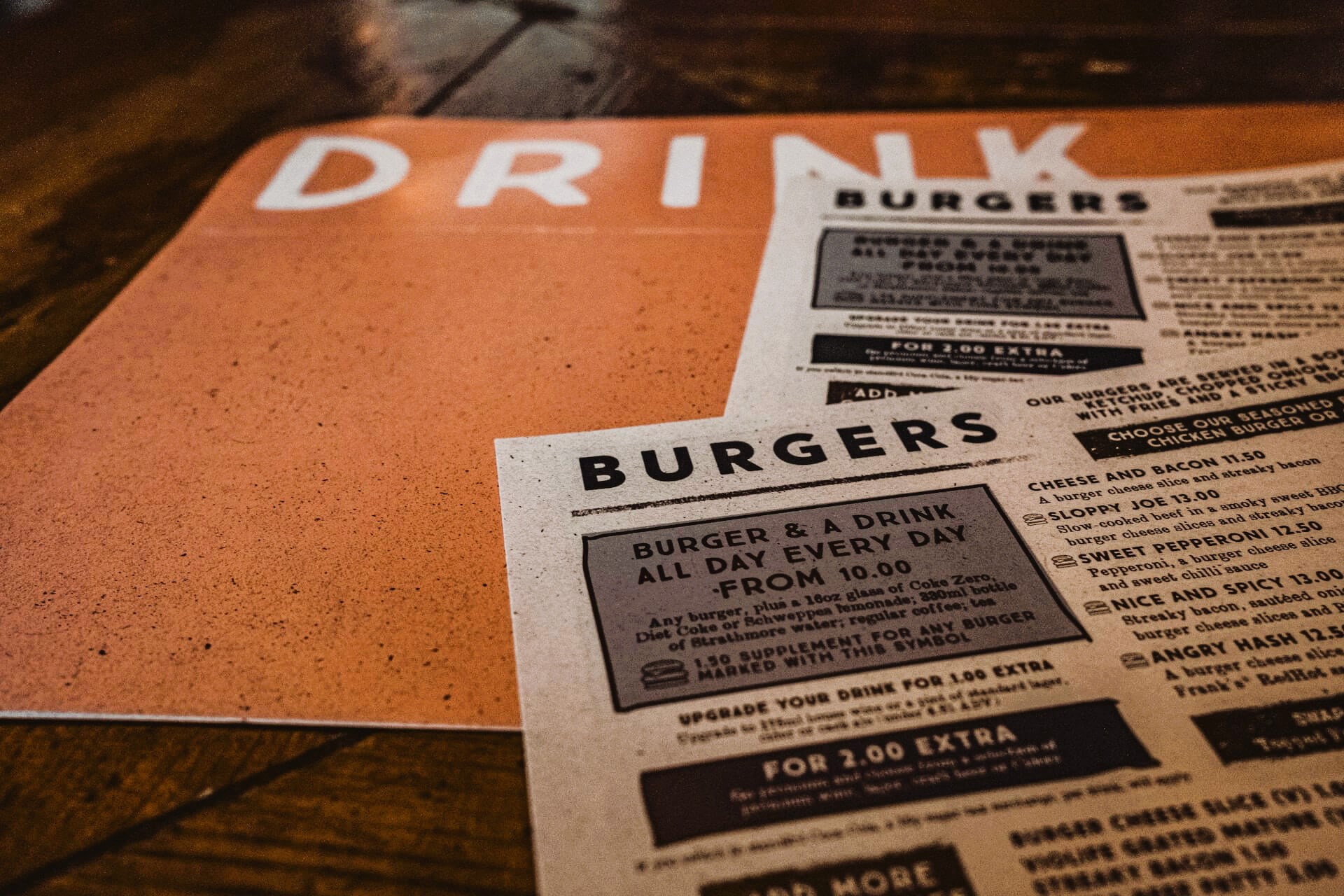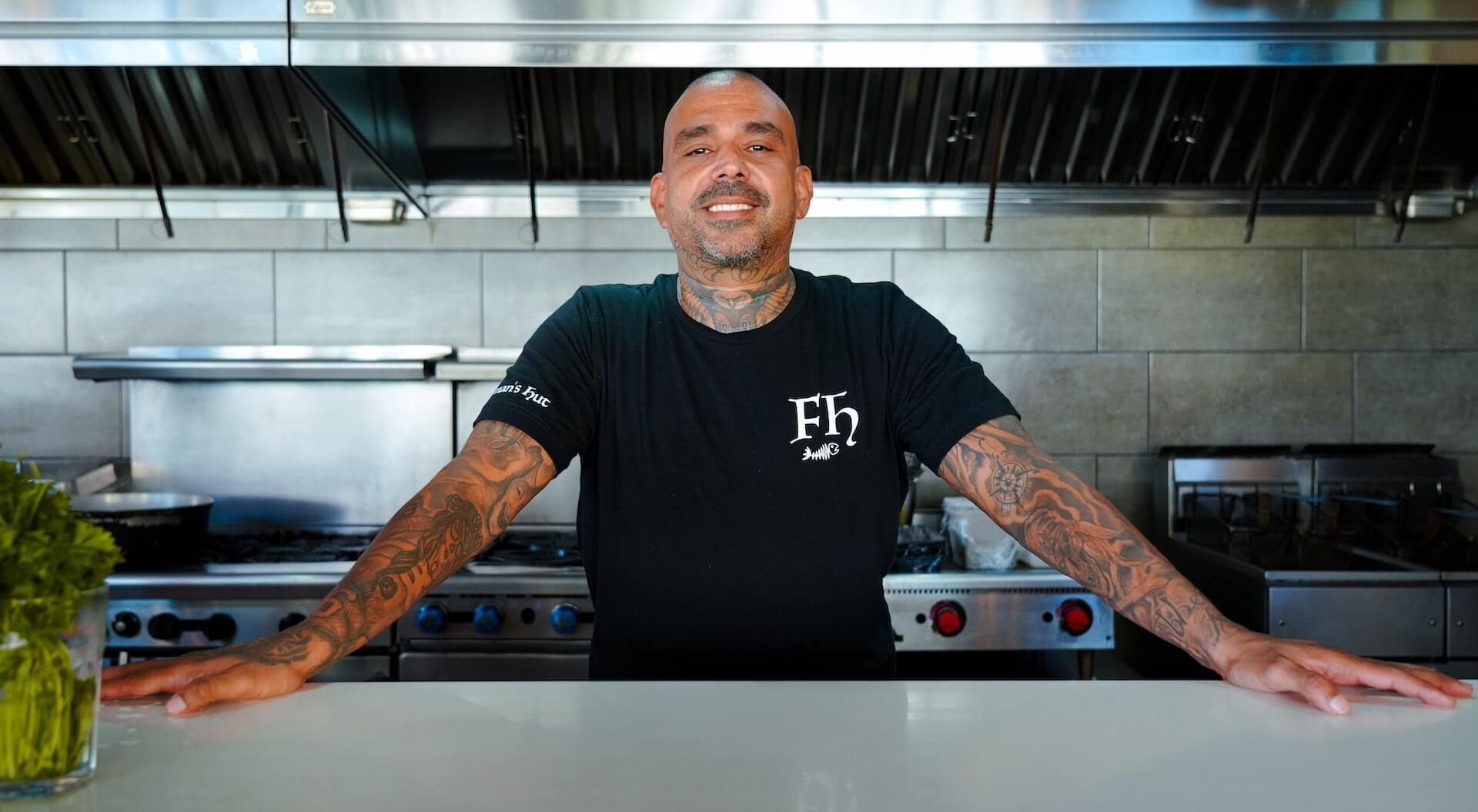These are the Happiest Provinces in Canada
by David Klemt

If you’re wondering which province in Canada is the happiest, Statistics Canada has the answer—and the happiest may surprise you.
Of course, those who live and work in the happiest province won’t find it shocking. After all, they’re largely happy to be there.
However, if you expect the happiest province to be the home of Toronto, Vancouver, Montreal or Canada… Well, you’re in for a surprise.
Earlier this week we took a look at the happiest cities and states in America. Congratulations Fremont, California, and Hawaii, respectively. To learn where 181 other cities and 49 states rank, please click here.
The Happiness Survey
Or more accurately, the “life satisfaction” survey. For this survey, that’s what Statistics Canada reveals: life satisfaction.
Interestingly, the survey is very simple. Apparently, Statistics Canada simply asked participants to rate the satisfaction of living in their province, zero through ten. For this survey, zero is least satisfied, ten is most.
Ages 15 through 75 (and older) were able to participate. The survey was also broken down to gauge the satisfaction of men and women.
Before we jump into the breakdown of province satisfaction or happiness, some good news. Reviewing the Statistics Canada data, most participants across all age groups are happy. In fact, age groups 65 to 74 and 75-plus appear to be happiest.
On the other side, ages 15 to 54 had the most people who rated their life satisfaction between zero and five. Even so, just over 20 percent of survey respondents rated their satisfaction a five or less.
So, on the whole, Canadians seem satisfied or happy with their lives, regardless of the province in which they live. Personally, I find that to be great news.
The Happiest Province
Okay, let’s dive into the reason you’re here: to learn which province is the happiest.
- Newfoundland and Labrador
- Prince Edward Island
- Quebec
- New Brunswick
- Manitoba
- Alberta
- Saskatchewa
- Nova Scotia
- Ontario
- British Columbia
The above rankings are determined by the percentage of survey respondents who rated their life satisfaction eight, nine or ten. So, if you’re in Newfoundland and Labrador, Prince Edward Island or Quebec, wow—you’re apparently one incredibly happy person.
Conversely, below you’ll find the rankings as determined by the largest percentage of respondents who rated their satisfaction a five or lower. As you’ll find, the list below isn’t simply the inverse of the one above.
- Ontario
- British Columbia
- New Brunswick
- Alberta
- Nova Scotia
- Prince Edward Island
- Manitoba
- Saskatchewa
- Quebec
- Newfoundland and Labrador
As far as Canada overall, the results of this particular survey are positive. Just 19.4 percent of survey respondents rated their satisfaction or happiness zero through five. And only 28.9 percent provided a rating of six or seven.
More than half of Canadians, 51.7 percent, rate their lives an eight, nine or ten. That’s some great and welcome news.
Image: Erik Mclean on Unsplash









